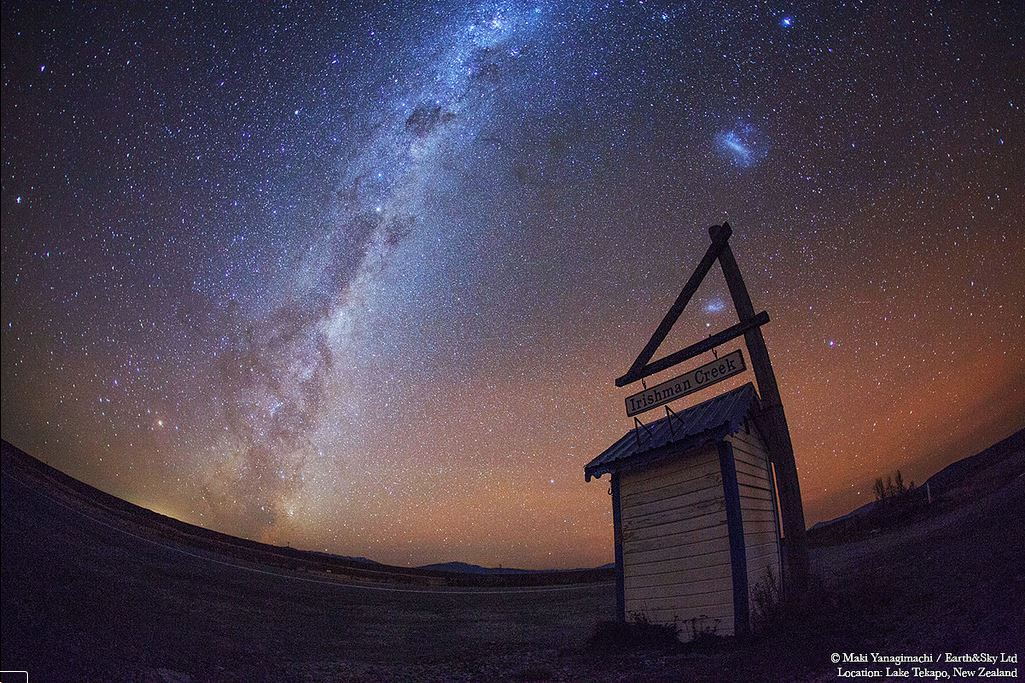Problem with how you do such features I suppose. Certain types of features will have to have some predefined characterisitcs, maybe with parameters to tweak them in scale etc., such as craters, which will then get stamped on to whatever else is generated. Harder still when you've got to generate them on the fly rather than spend time pre-calculating and storing. Now does that mean it can be done better? Sure. But also some features will frequently look similar anyway - a rayed crater is a rayed crater for example. But they need different rays and sizes.Just look at minecraft, it took players a decade to find the seed for its title screen world. After this decade of work,they eventually managed to find only two which created this exact same environment. 2151901553968352745 and 8091867987493326313. Might something similar exist deep within the infinite expanse of other minecraft worlds? Sure. But it'd be exceptionally hard to find, and the matching features on planets which we do sometimes get in Horizons with the existing procgen system are more of a cool extreme rarity, whereas with the prefabs we can see those matching features everywhere we look.
Getting a variety of even semi-realistic terrain types without having some predefined factors is going to be extremely difficult, if not impossible - an algorithm will only produce craters if you code craters in to it, defining what a crater is and what it looks like.





